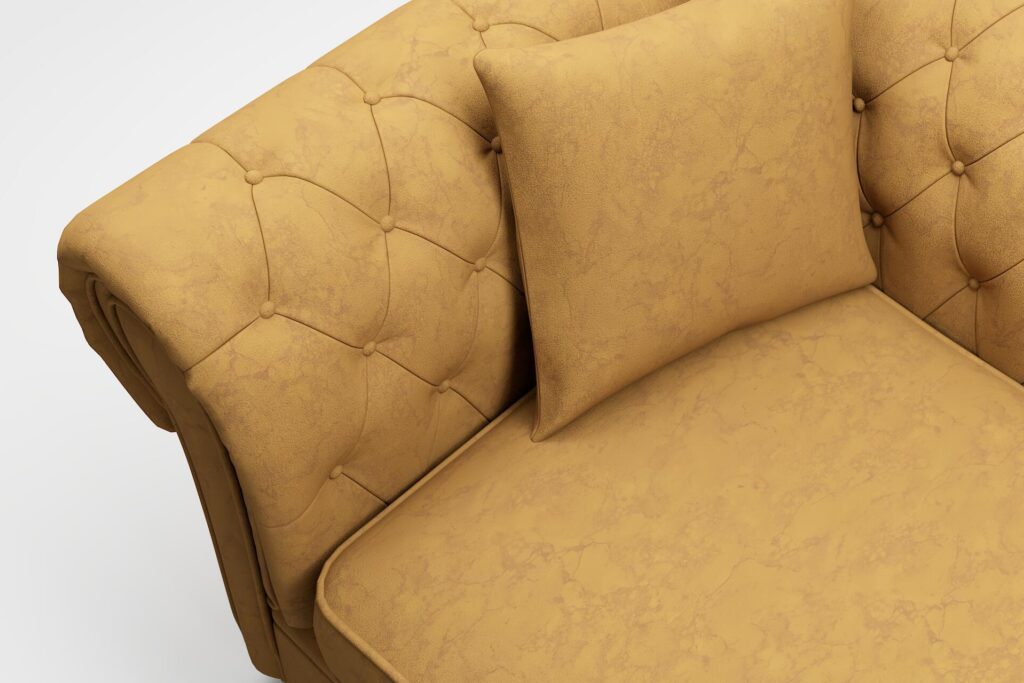Creating realistic digital fabrics using fabric visualisation
Fabric visualisation refers to the process of digitally simulating the appearance and behaviour of different fabrics in a realistic manner.
In today's technology-driven world, where physical samples may not always be feasible or practical, fabric visualisation plays a crucial role in enabling designers, manufacturers, and customers to envision how a fabric will look and drape in various applications.
How fabric visualisations are made
Realistic digital representations of fabrics are created by meticulously capturing and analysing the physical properties of the fabric, such as texture, colour, pattern, and elasticity.
This data is then translated into computer-generated models that accurately simulate how the fabric interacts with light and responds to factors such as movement and draping. By harnessing advanced rendering techniques, such as shading, texture mapping, and lighting simulations, realistic digital representations allow designers to make informed decisions, visualise their creations more accurately, and streamline the fabric selection process.
Keep reading: How photorealistic rendering is transforming the architecture industry
How tech companies are using fabric visualisations
Companies such as Nvidia and Chaos Cosmos provide fabric visualisation tools that allow designers to create realistic fabric simulations. These tools use physics-based algorithms to accurately simulate fabrics' physical properties such as elasticity, thickness, and texture.
This enables designers to see how a fabric will look and behave in various scenarios, without having to create physical prototypes.
Keep reading: How FibreGuard’s digital fabric twins drive sustainability
How architects are using digital fabrics
Architects also use fabric visualisation in building design and creation. They use it to create digital models of room scenes to allow them to see how different fabrics affect the appearance of a room during different times.
They use it to test different fabrics to see how the amount of light affects their appearance, and how different fabrics interact with other elements in the room.
Read more: Why architects and interior designers should care about digital visualisation
How Twinbru is creating digital fabric visualisations
Twinbru offers an extensive library of 3D digital fabrics with services for all applications. Ready to use for manufacturers, designers, architects, wholesalers, retailers, offering endless possibilities. Twinbru ensures that end consumers are able to visualise the actual product they buy.
When it comes to digital twins, Twinbru is our service that digitises fabrics and provides high quality renders of interior furnishings and scenes with 3D digital fabrics that match the actual fabrics. Twinbru covers everything that has to do with the digital twins of FibreGuard fabrics and all the related services we can offer in that context. In this way, Twinbru is the digital twin of the Bru company, and becomes the digital representation of Bru with its real physical fabrics, including FibreGuard fabrics. - Tom Stevens, Innovation, digital technology, and our need for a more sustainable textiles industry
Bru’s ambition and a key function of Twinbru’s marketing portal is to close the imagination gap. Each fabric in every colour (or SKU) is rendered into a ‘buffet’ or series of models and scenes, giving the Bru customer thousands of visuals that can be used to communicate with their customers and end consumers giving them a realistic visual representation of what the fabric will look like.
In conclusion
Fabric visualisation is an essential tool used in various industries to create realistic digital representations of fabrics. It allows designers to simulate the behaviour of fabrics without having to create physical prototypes, saving time and resources. Keep exploring our online fabrics academy and textiles glossary for even more insights into different aspects of fabrics and textiles.
